Old Government House, Parramatta
Convict site NSW (1788–1856)
This site on the Parramatta River (20 kilometres from Sydney Cove) was an important place used by governors who administered the colony of NSW during the convict era. It demonstrates the forced migration of convicts to rehabilitate criminals and integrate them into the penal colony. The site also illustrates the success of the NSW penal colony and is associated with the large-scale introduction of transportation by the major European powers in the modern era.
The site is also an extensive landscape comprising five buildings and extensive archaeological remains. Key buildings include Old Government House, Garrison Building (Officers’ Quarters), Female Convict Servant’s Quarters and archaeological remains of the Redoubt (Military Post), roads and convict allotments and huts set in over 37 hectares of relatively undisturbed parkland (the Domain).
The footings of the 1788 residence for the first Governor at Parramatta are visible.1 Old Government House (1790–1856) is a two-storey rendered brick building in Georgian style. A Classical timber portico of c.1816 is attributed to convict architect Francis Greenway. The layout of the house and elements of the land reflect patterns of the penal colony’s administration under twelve governors, as well as lives of the convicts who worked for them. The drawing and dining rooms symbolise the important ‘command centre’ role that Old Government House played during the convict era. The drawing room was where governors made decisions about key aspects of convicts’ lives and kept convict records.
Governor Macquarie often conducted penal colony business in the drawing room including making decisions about convicts and ex-convicts. The dining room was where Macquarie entertained ex-convicts to demonstrate his commitment to his emancipation policies and to provide an example to colonists.
Old Government House has been restored to represent the Macquarie period and includes a collection of original furniture.3 The Garrison Building and Female Convict Servants Quarters, located behind the house, are single-storey brick buildings in Old Colonial Georgian style. The Redoubt archaeological site lies in a defensive position in front of Old Government House overlooking the archaeological remains of convict roads, convict allotments and huts. Other features from the convict era include the single-storey rendered brick Governor’s Dairy (containing remnants of an emancipist’s cottage) and Governor Brisbane’s convict-built Bath House.
The surrounding parkland comprises archaeological sites of Governor Brisbane's Observatory, the Lumberyard and the Crescent where convicts laboured at agricultural and industrial work. Today, Old Government House is a museum and public park. A large collection of documentary records survive in public archives.
Related
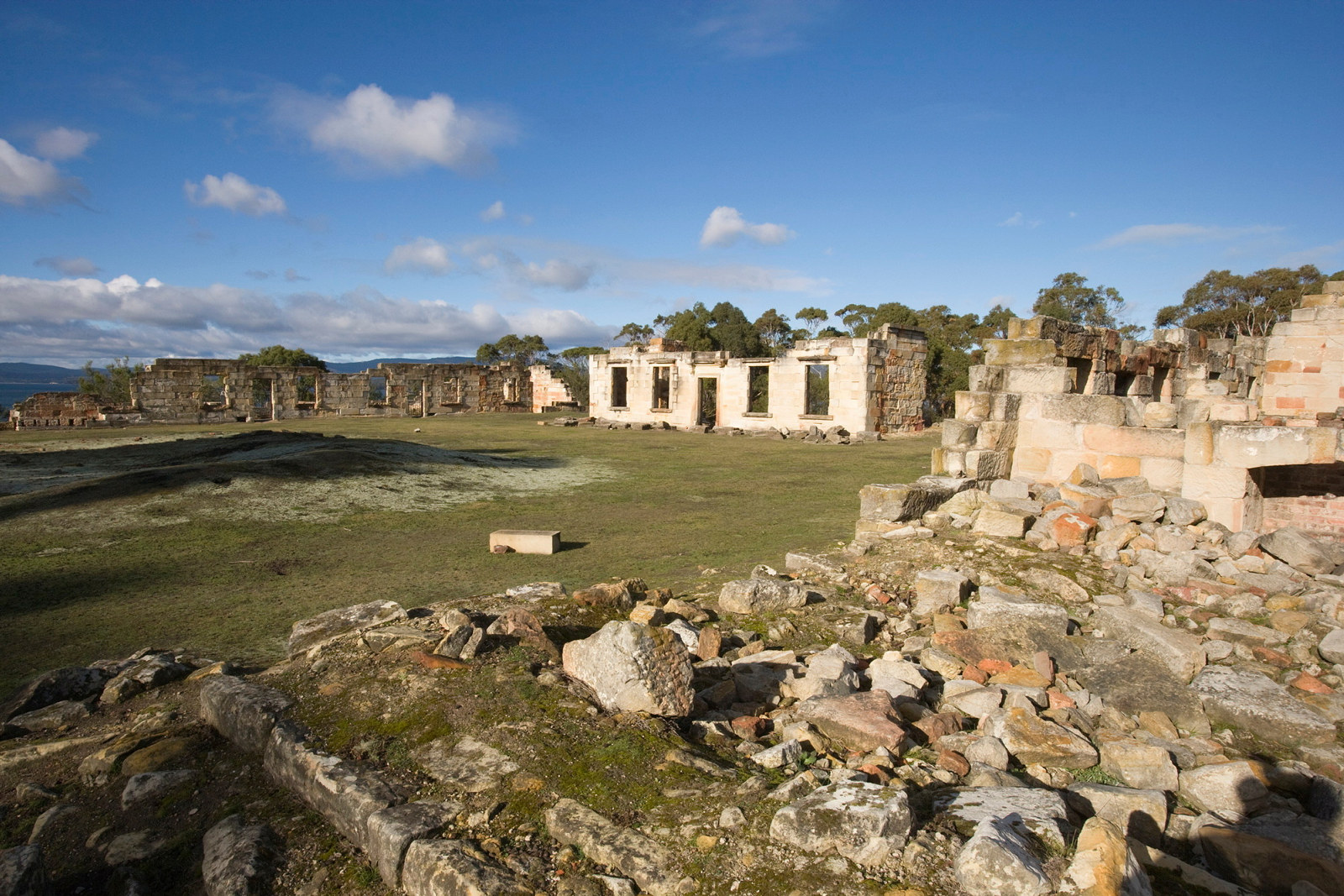
Convict Sydney
Australian convict sites
In 2010 a group of 11 historic places scattered across Australia were inscribed on the World Heritage List. This is the first time sites connected to penal transportation have been included
Published on
Convict Sydney
Browse all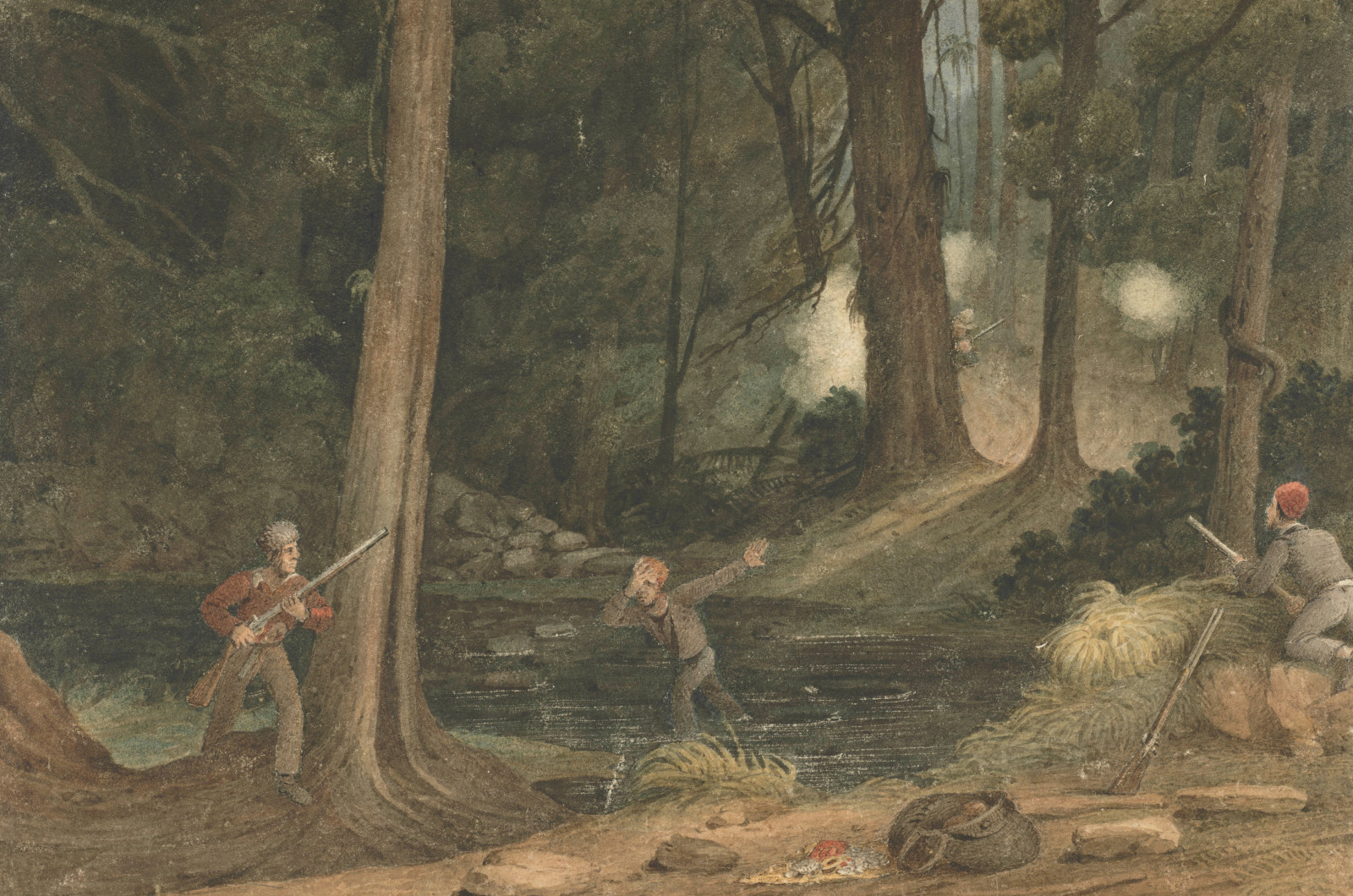
Convict Sydney
A world of pain
The combined aims of the assignment system, from 1826 onwards, were to equip farmers with cheap convict labour, to disperse convicts away from towns (and other convicts) and to keep an eye on each worker’s whereabouts and treatment
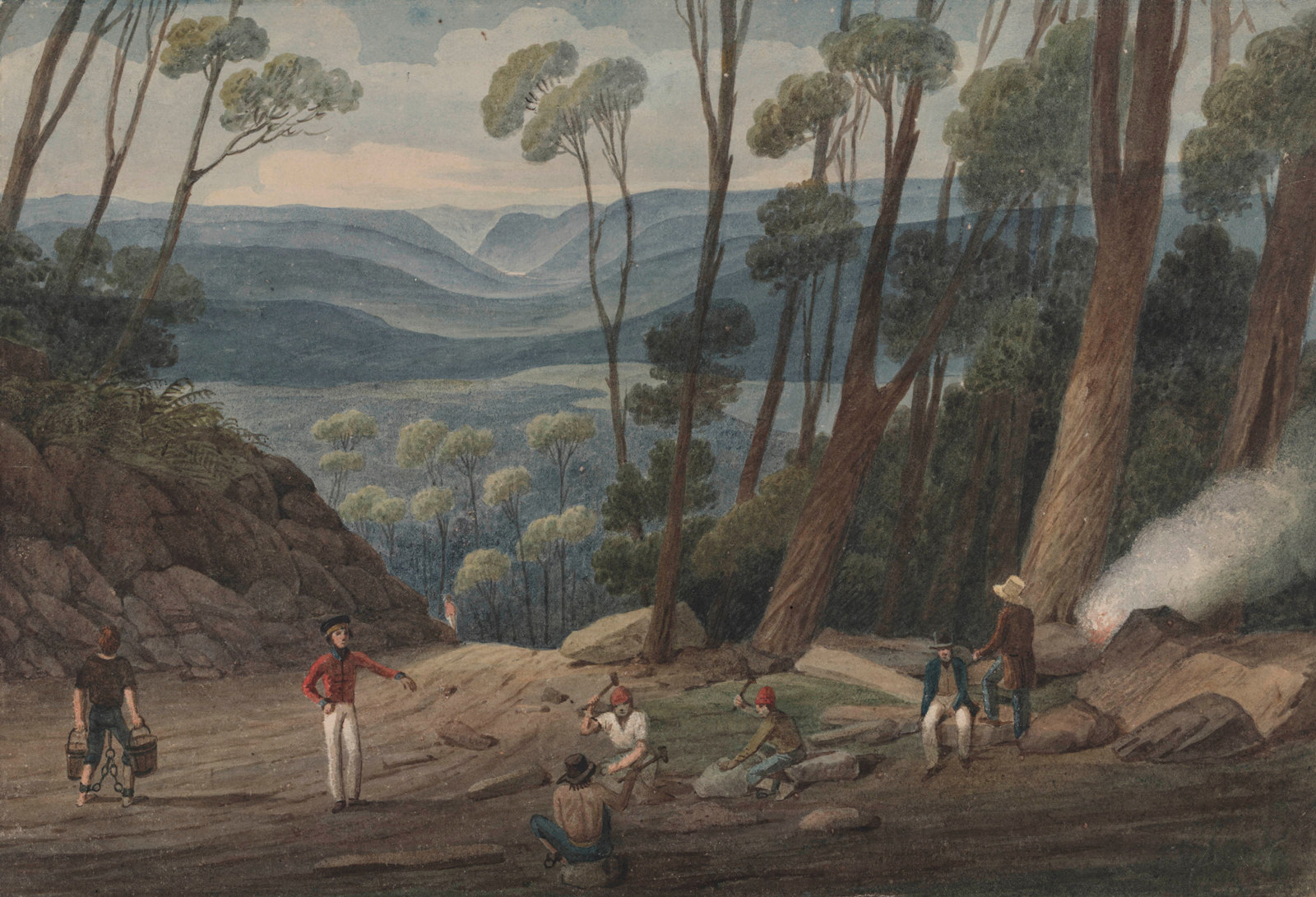
Convict Sydney
Back to business
From 1822, with the British government keen to cut costs and encourage pastoral expansion, part three sees the removal of convicts from town
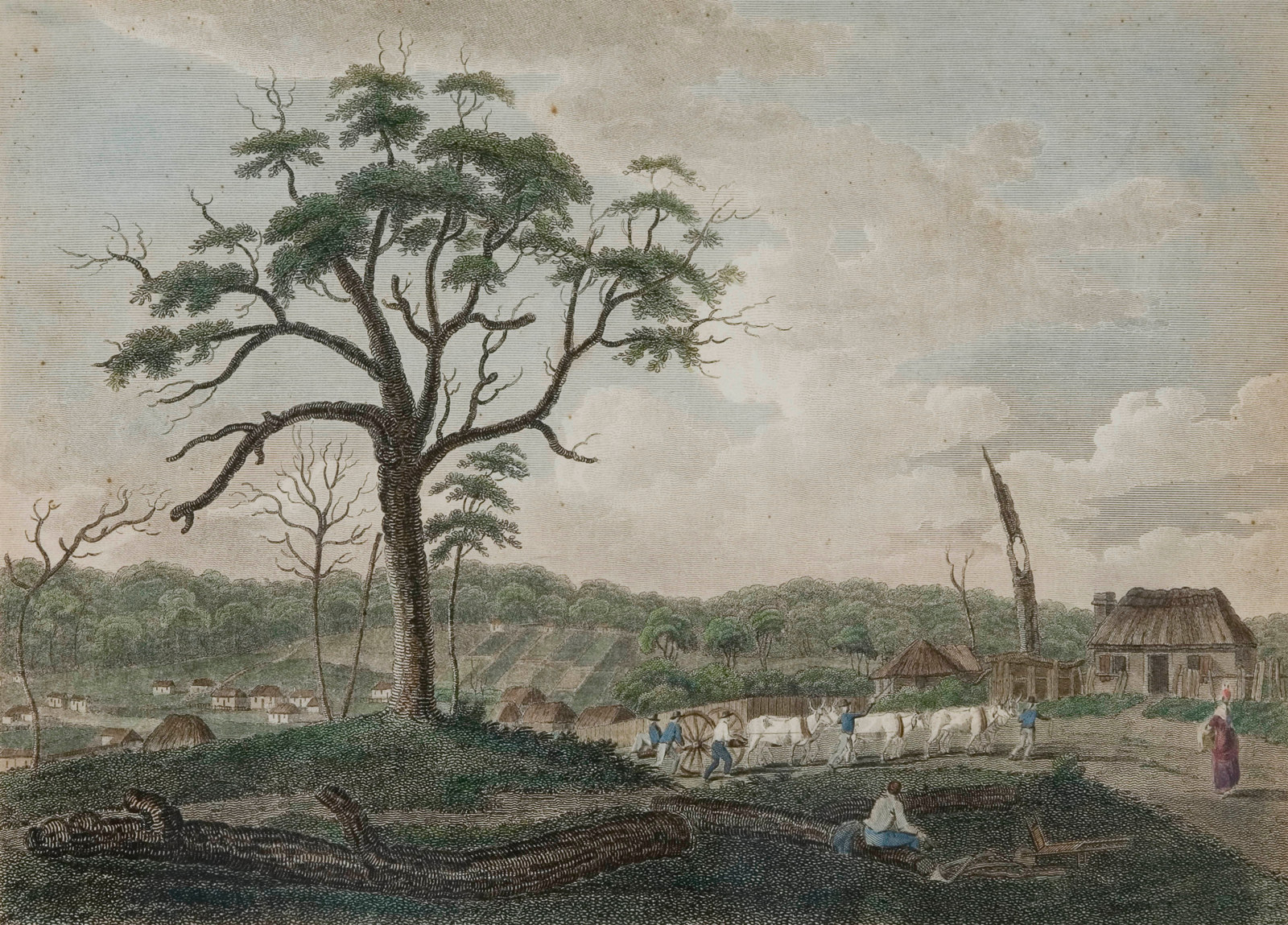
Convict Sydney
The convicts’ colony
Part one starts in 1788 with Sydney established as a British convict colony on the clan lands of the Gadigal people
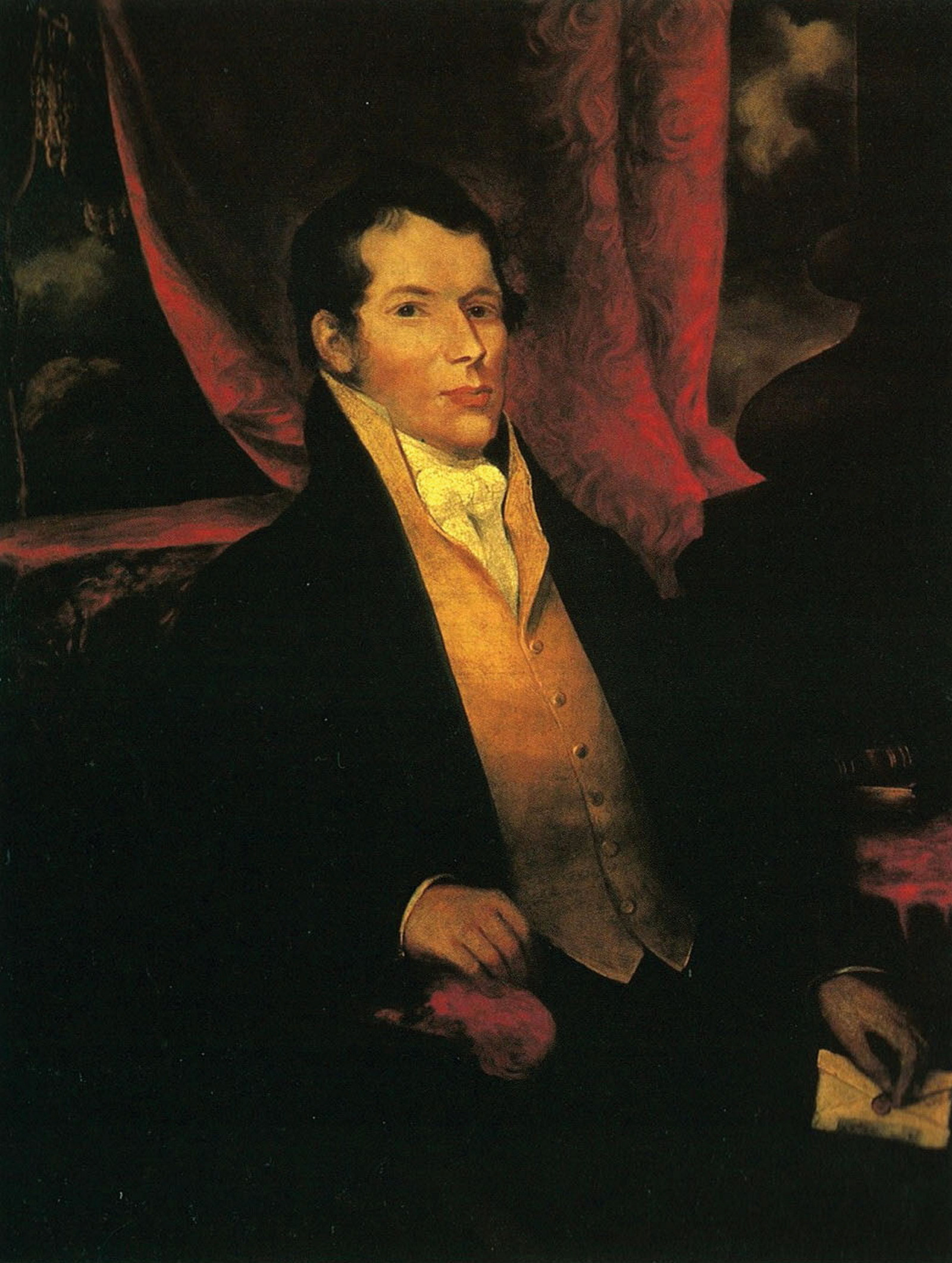
Convict Sydney
John Macarthur - Ambitious, volatile, self-confident
John Macarthur is well remembered as an ambitious and ruthless soldier who forged a powerful colonial farming dynasty